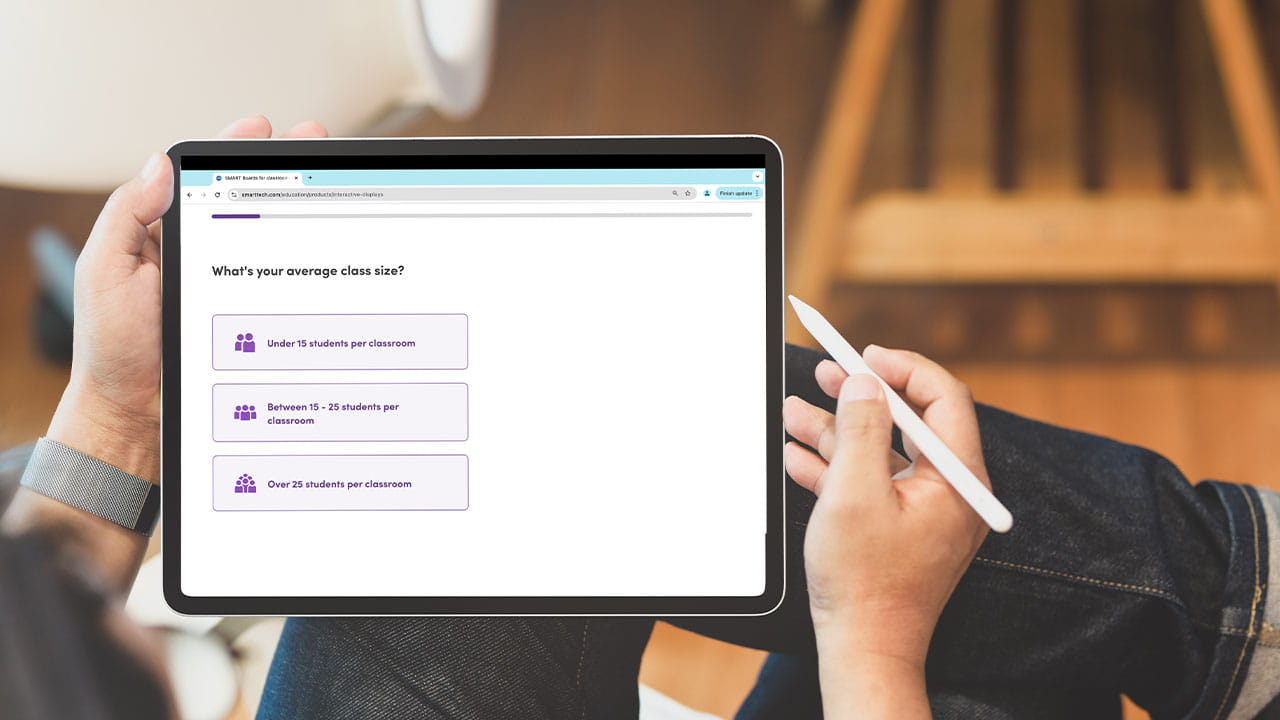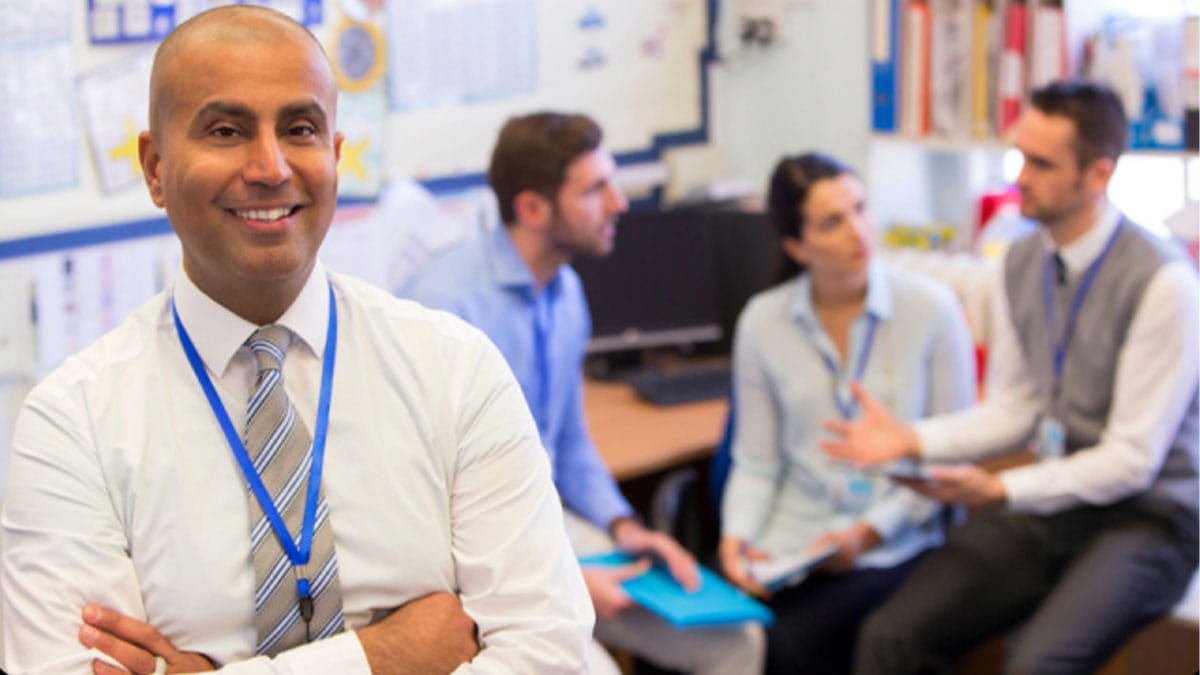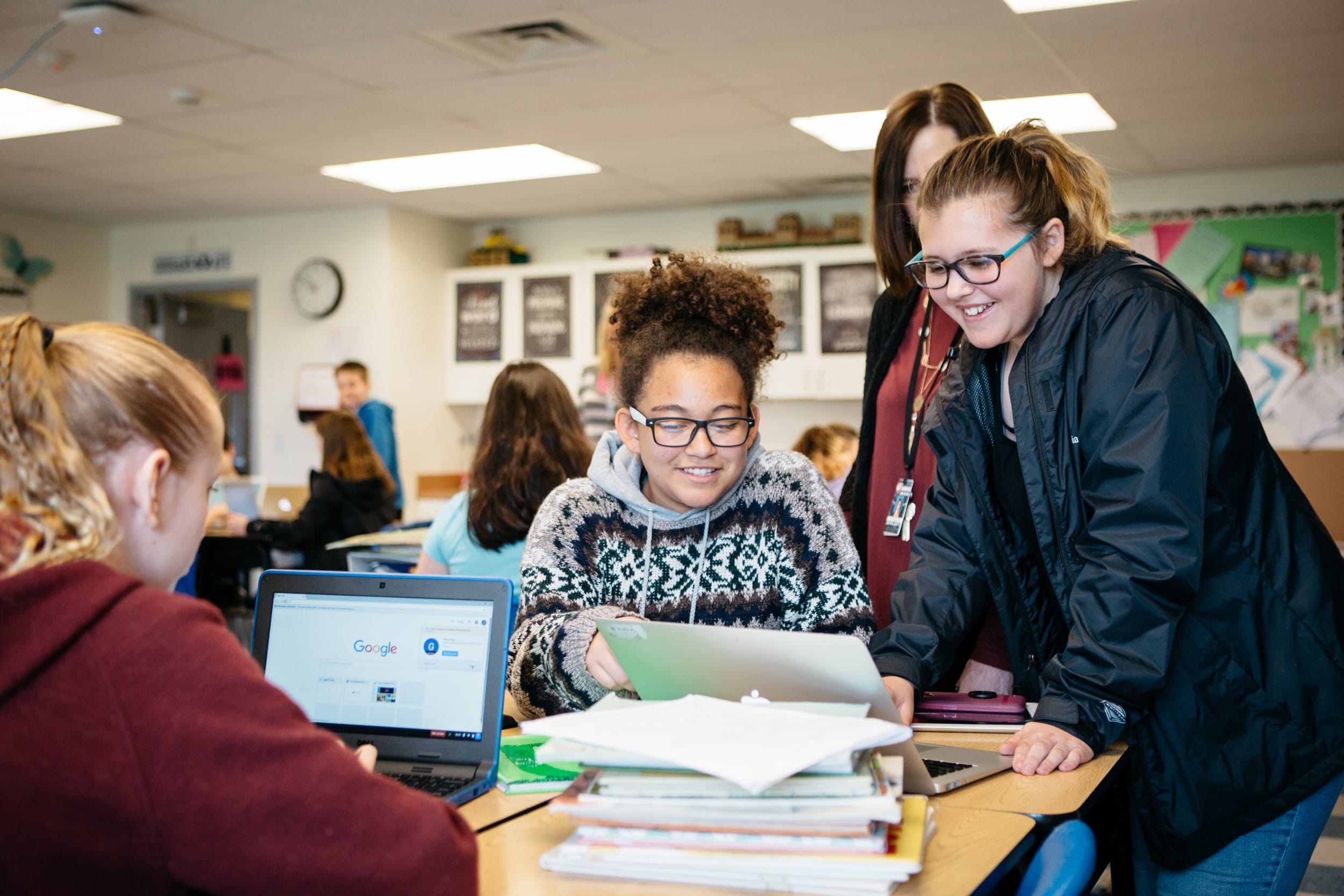Chances are, your daily K-12 experience started with a classroom lecture followed by homework to practice the concepts taught that day. Today’s innovative educators are turning traditional methods of delivering new material on their heads using an active learning strategy known as flipped learning.
Students are benefitting from the change. Studies show students in flipped classrooms exhibit greater interest in their lessons and achieve higher grades. Research also indicates that flipped learning methods can help teachers create a more inclusive classroom.
Kacie Germadnik, a former gifted and talented teacher and current community engagement manager at SMART, distinctly remembers the impact of this active learning teaching strategy. Her daughter’s Algebra teacher assigned students to watch a video at home in preparation for the next day’s class.
Students were asked to think about what questions the video raised for them, any connections to daily life the video made them think of, and any challenges they anticipated having when it came to understanding the concept. When they got to class, the students worked in groups of three to five to ask one another questions and teach one another pieces of the equation. The teacher continuously moved around the classroom, facilitating conversations and coaching students.
It engages students, allowing them to deepen their understanding of a topic and take a more active role in their learning,
Germadnik says. Flipped classrooms set up more time for learning and give students a chance to really dig into new topics.
Using flipped learning in the classroom supports higher-level academic outcomes. One study found that most students felt positive about the active learning teaching strategy, including those less likely to engage with learning. Other benefits of flipped learning include increased one-on-one interactions between instructors and students, higher levels of collaboration and more self-directed learning.
This approach allows students to tap into their schema or background knowledge to better understand what a teacher will be talking about in class,
she says. The key is to make sure students are active participants in their learning. This makes them more invested and committed to doing their best.
Educators of all grade levels are embracing the concept of flipped learning, but Germadnik has also observed the incorrect implementation of the active learning strategy, which negates its benefits. For example, for flipped learning to be successful, a teacher must play an active role. It’s important that they’re monitoring learning and giving real-time feedback to students.
How EdTech can help
The key to flipping the classroom is deeper than changing delivery order — it’s as much about student-centered learning as it is a teaching strategy. EdTech provides teachers access to ready-to-use activities and resources to facilitate flipped learning lessons so they can devote less time to prepping content and more time working with students.
Experimenting with new tools can be nerve-wracking, especially given the plethora of digital tools available — from videos and audio to screen-sharing, digital whiteboards, and more. Focus on the lesson’s objectives to find a tool that fits your goals rather than feeling overwhelmed by the volume of choices.
Trying new technology can also be intimidating, especially when teachers feel pressured to know more than their students. But this is where technology’s true power is found, Germadnik says.
I would tell students, 'I just found this new tool and think it would be great for what we're doing today, but I've never used it, so I don't have all the answers',
she says. When you do that, even if you have used the tool before, you're giving students ownership to be the button-pushers, and that is when they start making discoveries and sharing them with their classmates and teachers.
Ready to learn more about how to incorporate active learning strategies into your classroom? Visit our blog or check out Lumio’s library of activities and resources focused on active learning.



